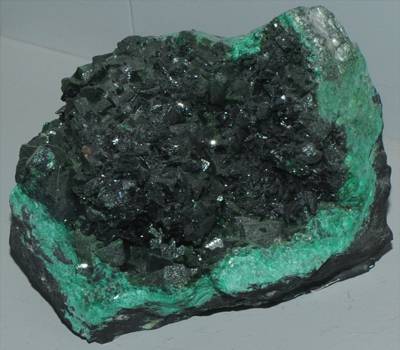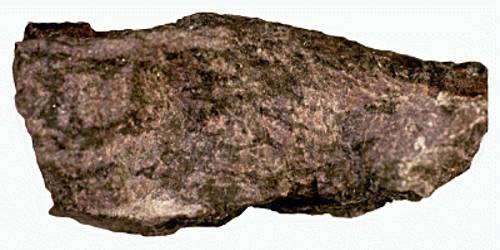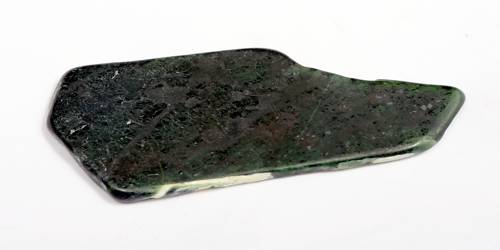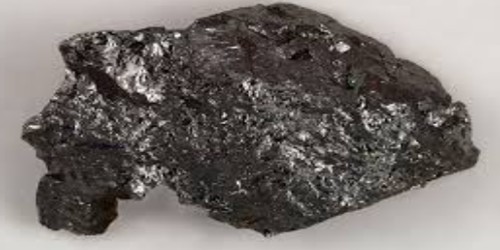Bayldonite is a rare secondary mineral with the chemical formula PbCu3(AsO)2(OH)2. is another attractive arsenate mineral formed in the oxidation zone of the ore deposit. It has a nice green color and high resinous luster. The color is mostly due to the copper content and the luster is mostly due to the lead content. Many specimens contain some zinc as well. It is not Radioactive.
It was first discovered in Penberthy Croft Mine, Cornwall, England, United Kingdom. It is named after its discoverer, John Bayldon (1837 – 1872). Specimens are also found in Tsumeb, Namibia, and Arizona, United States. It is sometimes used as a gemstone.
General Information
- Category: Arsenate minerals
- Formula: PbCu3(AsO4)(OH)2
- Crystal system: Monoclinic
- Crystal class: Prismatic (2/m) (same H-M symbol).

Properties
- Color: Green, apple-green
- Crystal habit: Mammillary crust
- Mohs scale hardness: 4.5
- Luster: Resinous
- Density: 5.24–5.65 g/cm3 (measured), 5.707 g/cm3 (calculated)
Occurrences
It is a rare secondary mineral in the oxidized zone of some polymetallic deposits that can be found in localities in England, France, Ireland, Namibia, Kazakhstan, Australia, and the United States, among a few others. Bayldonite occurs as a secondary mineral in oxidized polymetallic deposits. Associated minerals include mimetite, olivenite, azurite, malachite, tsumebite, cuprian adamite, duftite, keyite, schultenite, philipsbornite, beudantite, anglesite, cerussite, and baryte.
Association: Mimetite, olivenite, azurite, malachite, tsumebite, cuprian adamite, duftite, keyite, schult´enite, philipsbornite (Tsumeb, Namibia); beudantite, anglesite, cerussite, malachite, azurite, barite (Kayrakty, Kazakhstan).
Information Source:
















